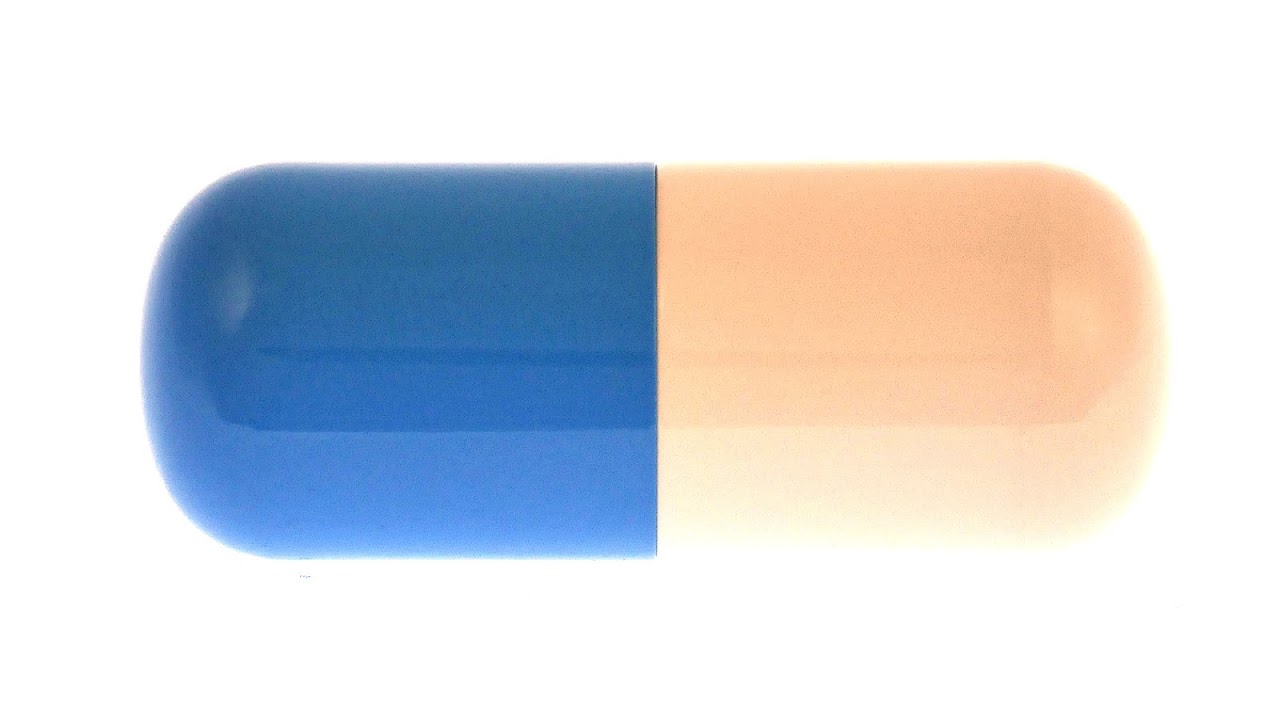
Metoprolol, marketed under the tradename Lopressor among others, is a medication of the selective ?1 receptor blocker type. It is used to treat high blood pressure, chest pain due to poor blood flow to the heart, and a number of conditions involving an abnormally fast heart rate. It is also used to prevent further heart problems after myocardial infarction and to prevent headaches in those with migraines.
It is sold in formulations that can be taken by mouth or given intravenously. The medication is often taken twice a day. The extended-release formulation is taken once per day. Metoprolol may be combined with hydrochlorothiazide (a diuretic) in a single tablet.
Common side effects include trouble sleeping, feeling tired, feeling faint, and abdominal discomfort. Large doses may cause serious toxicity. Risk in pregnancy has not been ruled out. It appears to be safe in breastfeeding. Greater care is required with use in those with liver problems or asthma. Stopping this drug should be done slowly to decrease the risk of further health problems.
Metoprolol was first made in 1969. It is on the World Health Organization's List of Essential Medicines, the most important medications needed in a basic health system. It is available as a generic drug. In 2013, metoprolol was the 19th-most prescribed medication in the United States.

Maps, Directions, and Place Reviews
Medical uses
Metoprolol is used for a number of conditions, including hypertension, angina, acute myocardial infarction, supraventricular tachycardia, ventricular tachycardia, congestive heart failure, and prevention of migraine headaches.
- Treatment of heart failure
- Vasovagal syncope
- Adjunct in treatment of hyperthyroidism
- Long QT syndrome, especially for patients with asthma, as metoprolol's ?1 selectivity tends to interfere less with asthma drugs, which are often ?2-adrenergic receptor-agonist drugs
- Prevention of relapse into atrial fibrillation (controlled-release/extended-release form)
Due to its selectivity in blocking the beta1 receptors in the heart, metoprolol is also prescribed for off-label use in performance anxiety, social anxiety disorder, and other anxiety disorders.
What Are The Side Effects Of Metoprolol Video
Adverse effects
Side effects, especially with higher doses, include dizziness, drowsiness, fatigue, diarrhea, unusual dreams, trouble sleeping, depression, and vision problems. It may also reduce blood flow to the hands and feet, causing them to feel numb and cold; smoking may worsen this effect. Due to the high penetration across the blood-brain barrier, lipophilic beta blockers such as propranolol and metoprolol are more likely than other less lipophilic beta blockers to cause sleep disturbances such as insomnia and vivid dreams and nightmares.
Serious side effects that are advised to be reported immediately include symptoms of bradycardia (resting heart rate slower than 60 beats per minute), persistent symptoms of dizziness, fainting and unusual fatigue, bluish discoloration of the fingers and toes, numbness/tingling/swelling of the hands or feet, sexual dysfunction, erectile dysfunction (impotence), hair loss, mental/mood changes, depression, trouble breathing, cough, dyslipidemia, and increased thirst. Taking it with alcohol might cause mild body rashes, so is not recommended.
Precautions
Metoprolol may worsen the symptoms of heart failure in some patients, who may experience chest pain or discomfort, dilated neck veins, extreme fatigue, irregular breathing, an irregular heartbeat, shortness of breath, swelling of the face, fingers, feet, or lower legs, weight gain, or wheezing.
This medicine may cause changes in blood sugar levels or cover up signs of low blood sugar, such as a rapid pulse rate. It also may cause some people to become less alert than they are normally, making it dangerous for them to drive or use machines.
Pregnancy and lactation
It is pregnancy category C in the United States, meaning that a risk for the fetus cannot be ruled out, and category C in Australia, meaning that it may be suspected of causing harmful effects on the human fetus (but no malformations).

Overdose
Excessive doses of metoprolol can cause severe hypotension, bradycardia, metabolic acidosis, seizures, and cardiorespiratory arrest. Blood or plasma concentrations may be measured to confirm a diagnosis of overdose or poisoning in hospitalized patients or to assist in a medicolegal death investigation. Plasma levels are usually less than 200 ?g/l during therapeutic administration, but can range from 1-20 mg/l in overdose victims.

Pharmacology
- beta-1 selective
- moderately lipophilic
- without intrinsic sympathomimetic activity
- with weak membrane stabilizing activity
- decreases heart rate, contractility, and cardiac output, therefore decreasing blood pressure
Pharmacokinetics
Metoprolol has a short half-life of 3 to 7 hours, so is taken at least twice daily or as a slow-release preparation.
It undergoes ?-hydroxylation and O-demethylation as a substrate of the cytochrome liver enzymes CYP2D6 and a small percentage by CYP3A4, resulting in inactive metabolites.

Chemistry
Metoprolol has a very low melting point; around 120 °C (248 °F) for the tartrate, and around 136 °C (277 °F) for the succinate. Because of this, metoprolol is always manufactured in a salt-based solution, as drugs with low melting points are difficult to work with in a manufacturing environment. The free base exists as a waxy white solid, and the tartrate salt is finer crystalline material.
The active substance metoprolol is employed either as metoprolol succinate or as metoprolol tartrate (where 100 mg metoprolol tartrate corresponds to 95 mg metoprolol succinate). The tartrate is an immediate-release formulation and the succinate is an extended-release formulation.

Mechanism of action
Metoprolol blocks ?1 adrenergic receptors of cardiomyocytes, thus it decreases the slope of phase 4 in the nodal action potential (reduces Na+ uptake) and prolongs repolarization of phase 3 (slows down K+ release). It also suppresses the norepinephrine-induced increase in the sarcoplasmic reticulum (SR) Ca2+ leak and the spontaneous SR Ca2+ release, which are the major triggers for atrial fibrillation.
Source of the article : Wikipedia


EmoticonEmoticon